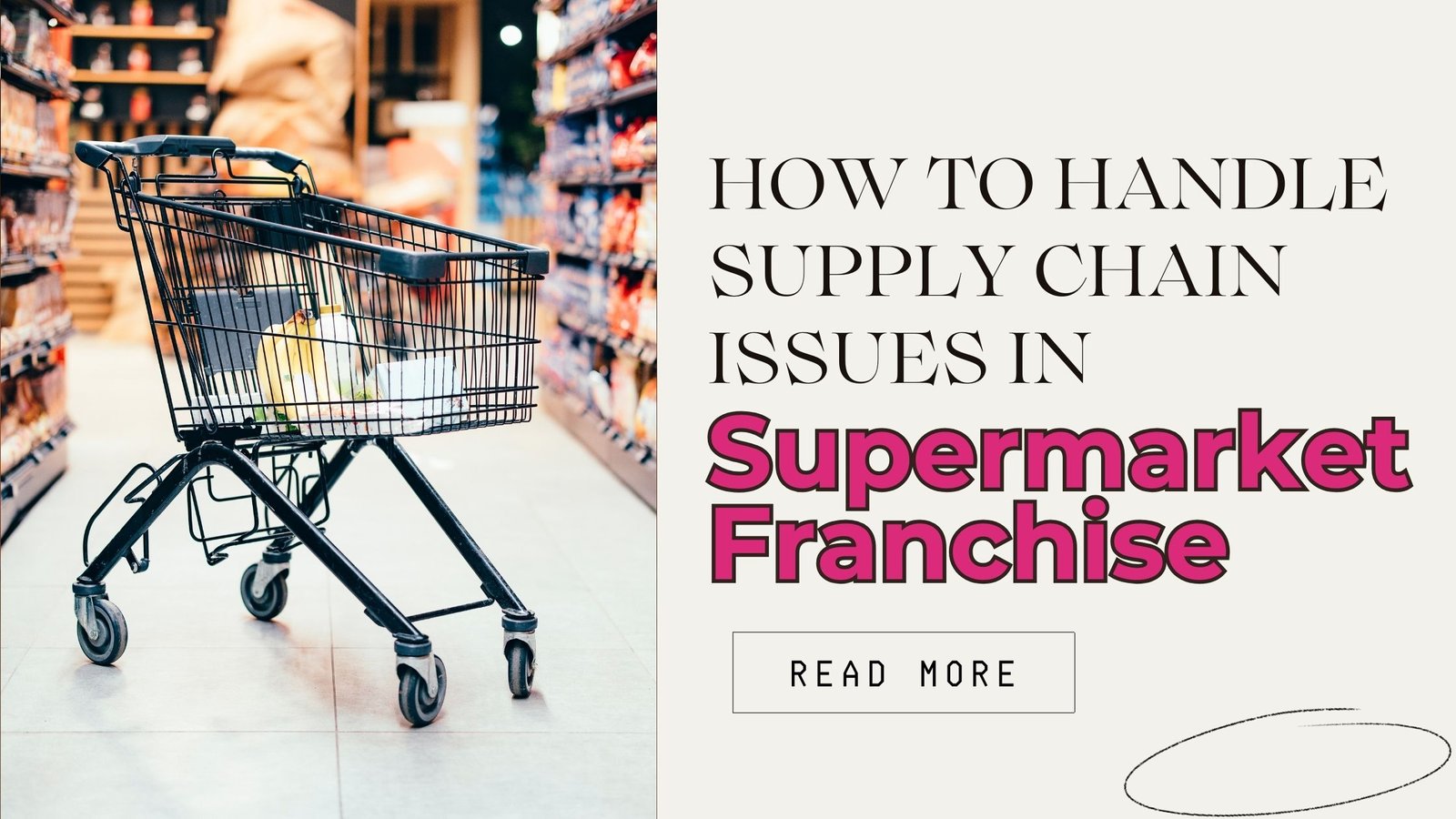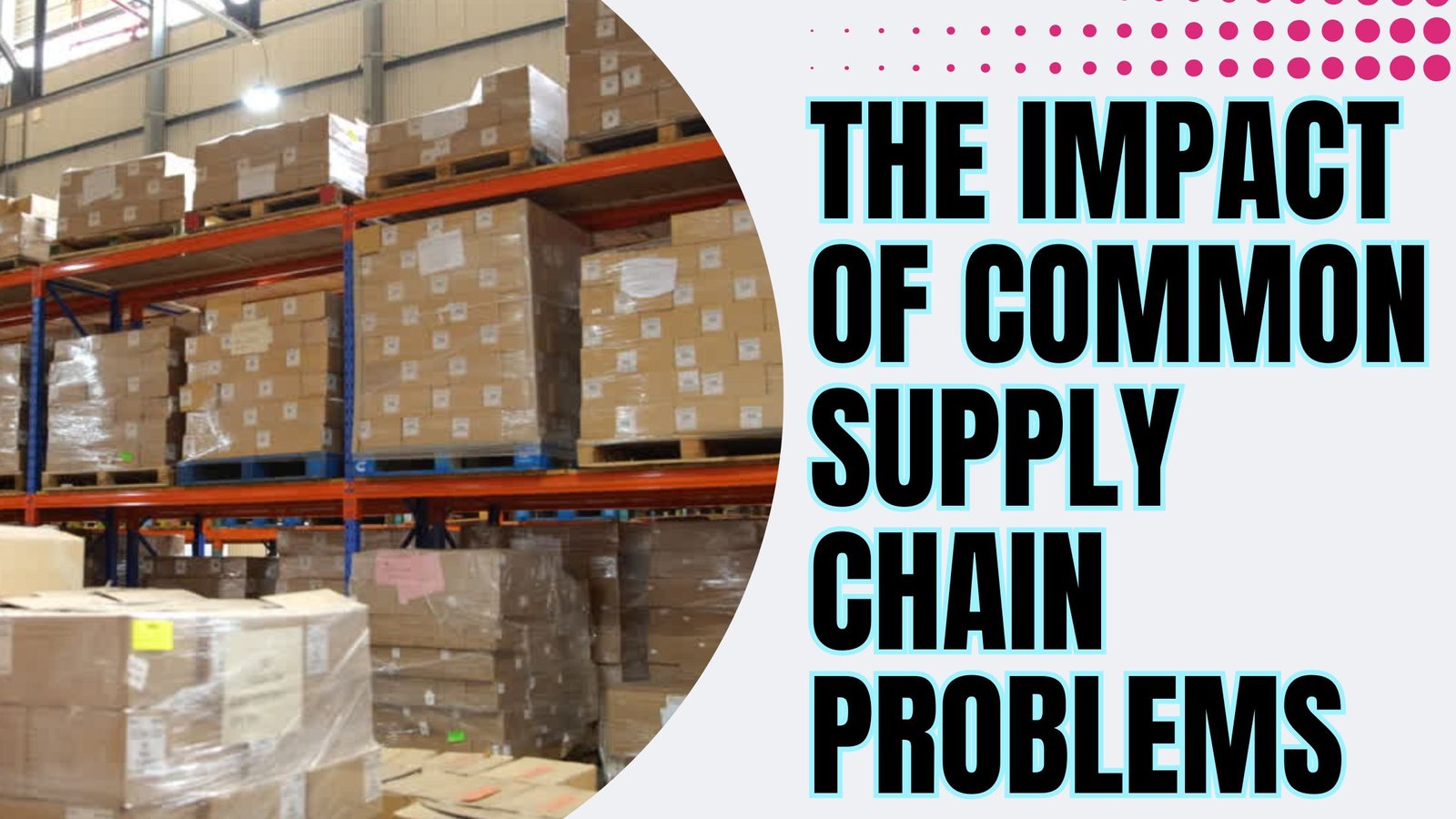A supermarket franchise can be a rewarding but complex venture. The supply chain is one of many factors that affect success. It is important that the supply chain works smoothly so products can flow from your suppliers directly to your shelves. This keeps customers satisfied. This flow can be disrupted by issues such as material shortages and port congestion.
The article explores common challenges that a franchised supermarket faces in the supply chain and offers practical solutions to these problems. Understanding these challenges and finding effective solutions will help you reduce costs and boost efficiency while providing a positive shopping experience to your customers.
Understand the Supply Chain of Supermarkets
It’s crucial to know how a franchised supermarket works before you can fix any problems. The supply chain is a complex network of resources and people that gets products from the source to a customer’s cart. Key players include:
- Sources of raw materials: These are the people or businesses that provide products with their raw materials, such as farmers who grow produce and companies that make packaging.
- Producers/Manufacturers: They take the raw materials and create the finished goods you sell, like a company that bakes bread or bottles milk.
- Distribution: This is the team of logistics professionals who deliver products to franchise stores or warehouses from their manufacturers.
- Franchisees (Your Franchise): As the last link of the chain, you are responsible for storing, displaying, and selling products to the customers.
- Customer: End-users, who are the ones driving demand throughout the supply chain.
Your supermarket’s franchise could be seriously affected if there is a breakdown in any part of the chain.
The Impact of Common Supply Chain Problems
Each supermarket will have to deal with supply chain challenges. The first step to finding solutions is to recognize them.
Materials and labor Shortages
Raw materials are sometimes in short supply. It could be because of a poor harvest, natural disasters, or an increased demand. A shortage of employees at factories, farms, or distribution centers could also slow the process. This results in an empty shelf and unhappy customers for your franchise supermarket.
High Rates of Return
Returns are made when products arrive damaged or do not meet the quality standard. Return rates are high, which means lost revenues and extra logistical tasks to deal with the goods. This can also indicate a problem that may exist with the supplier or distributor.
Transport and Logistical Constraints
Transport delays are an everyday problem. A shortage of drivers and port congestion could mean that your products are sitting in a warehouse for several weeks. The delays can create confusion and hinder the management of inventory.
Strategies for Managing Supply Chain Issues
Supply chain management, if done well, can assist your franchise in navigating these difficulties. Consider these strategies.
Also Read: Grocery Store Franchise: A Complete Guide to Daily Operations
1. Diversify Your Suppliers
It is dangerous to rely on one supplier for an important product. Your supply will be cut off if that supplier is having problems. Build relationships with several suppliers of your key products. You’ll have a backup option in case one of your suppliers is unable to deliver. This will make your supply chain resilient. To create a network that is balanced, look for national and local vendors.
2. Enhance Communication and Collaboration
It is important to maintain a constant and clear communication with your partners in the supply chain. Regularly meet with suppliers and distributors in order to review forecasts, challenges, and performances. Shared technology platforms provide you with real-time insight into your inventory and shipping status, so that you can react to disruptions quickly.
3. Improve Inventory Management
The technology can be an ally. Inventory management software can help you track data on sales and better forecast demand. You can avoid both overstocking and understocking, which will lead to loss of sales. A good system will ensure that you always have enough product on hand at the correct time.
4. Transport and Logistics Optimization
Working closely with your logistics partners, find the best routes for transportation. Consider comparing different transport options, such as a combination of rail and trucking, to determine which is the most reliable and cost-effective. The cost of transportation and carbon footprint can be reduced by consolidating your shipments.
Making your Supermarket Franchise Stronger
The supply chain is an inevitable part of operating a franchise supermarket, but it doesn’t need to be the main focus. Understanding the parts of your supply chain, identifying problems, and using smart strategies will help you build an efficient and robust operation. Strong supply chains lead to reduced costs, happy customers, and an improved bottom line. This will help your franchise achieve long-term success and growth.


